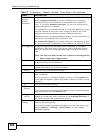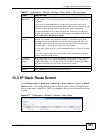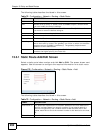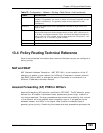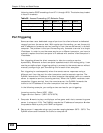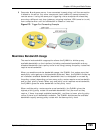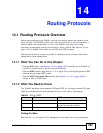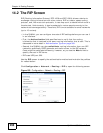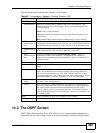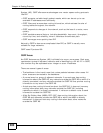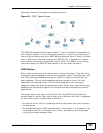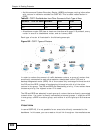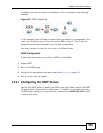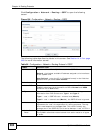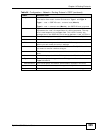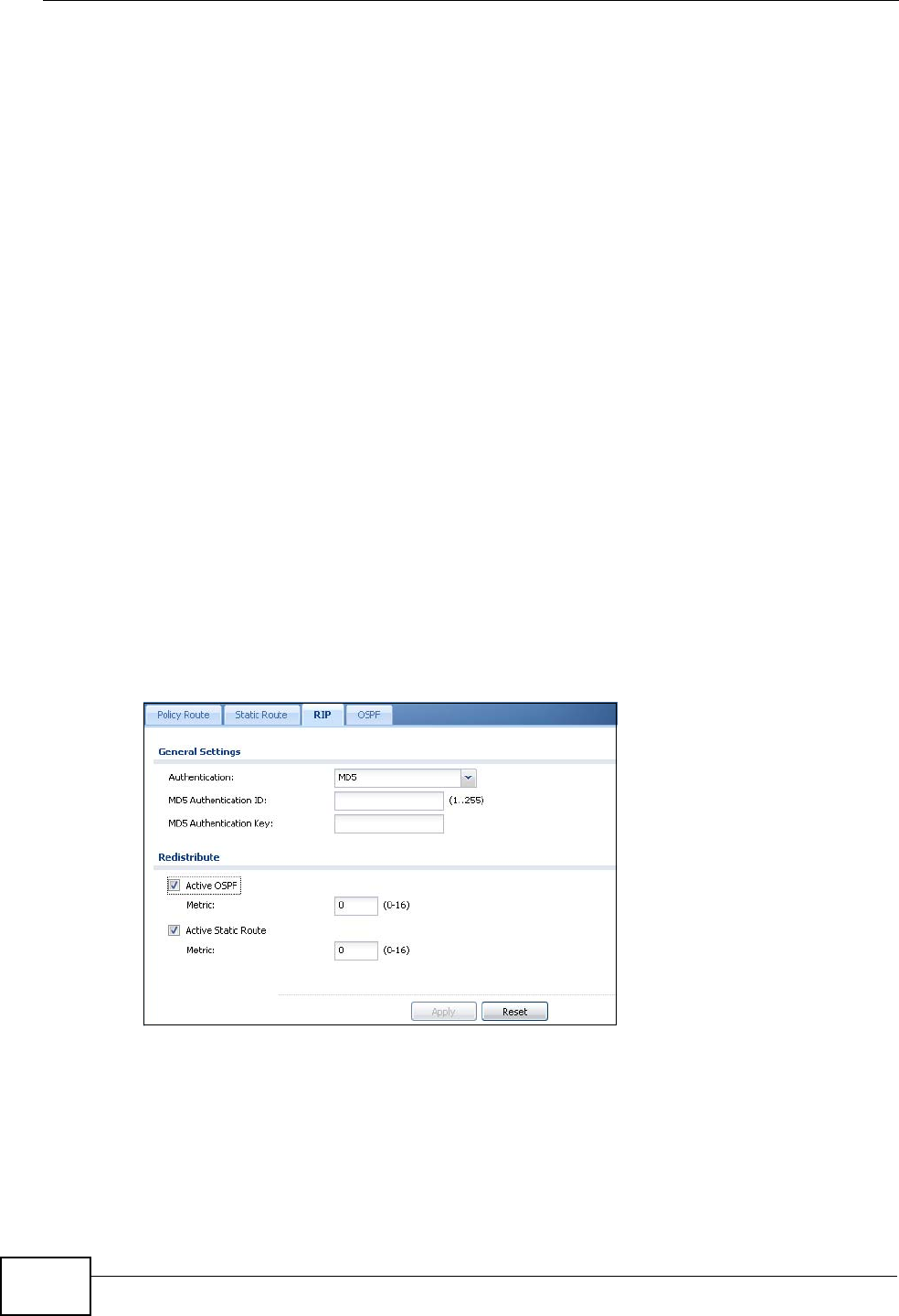
Chapter 14 Routing Protocols
ZyWALL USG 50 User’s Guide
298
14.2 The RIP Screen
RIP (Routing Information Protocol, RFC 1058 and RFC 1389) allows a device to
exchange routing information with other routers. RIP is a vector-space routing
protocol, and, like most such protocols, it uses hop count to decide which route is
the shortest. Unfortunately, it also broadcasts its routes asynchronously to the
network and converges slowly. Therefore, RIP is more suitable for small networks
(up to 15 routers).
• In the ZyWALL, you can configure two sets of RIP settings before you can use it
in an interface.
•First, the Authentication field specifies how to verify that the routing
information that is received is the same routing information that is sent. This is
discussed in more detail in Authentication Types on page 309.
• Second, the ZyWALL can also redistribute routing information from non-RIP
networks, specifically OSPF networks and static routes, to the RIP network.
Costs might be calculated differently, however, so you use the Metric field to
specify the cost in RIP terms.
• RIP uses UDP port 520.
Use the RIP screen to specify the authentication method and maintain the policies
for redistribution.
Click Configuration > Network > Routing > RIP to open the following screen.
Figure 180 Configuration > Network > Routing > RIP



